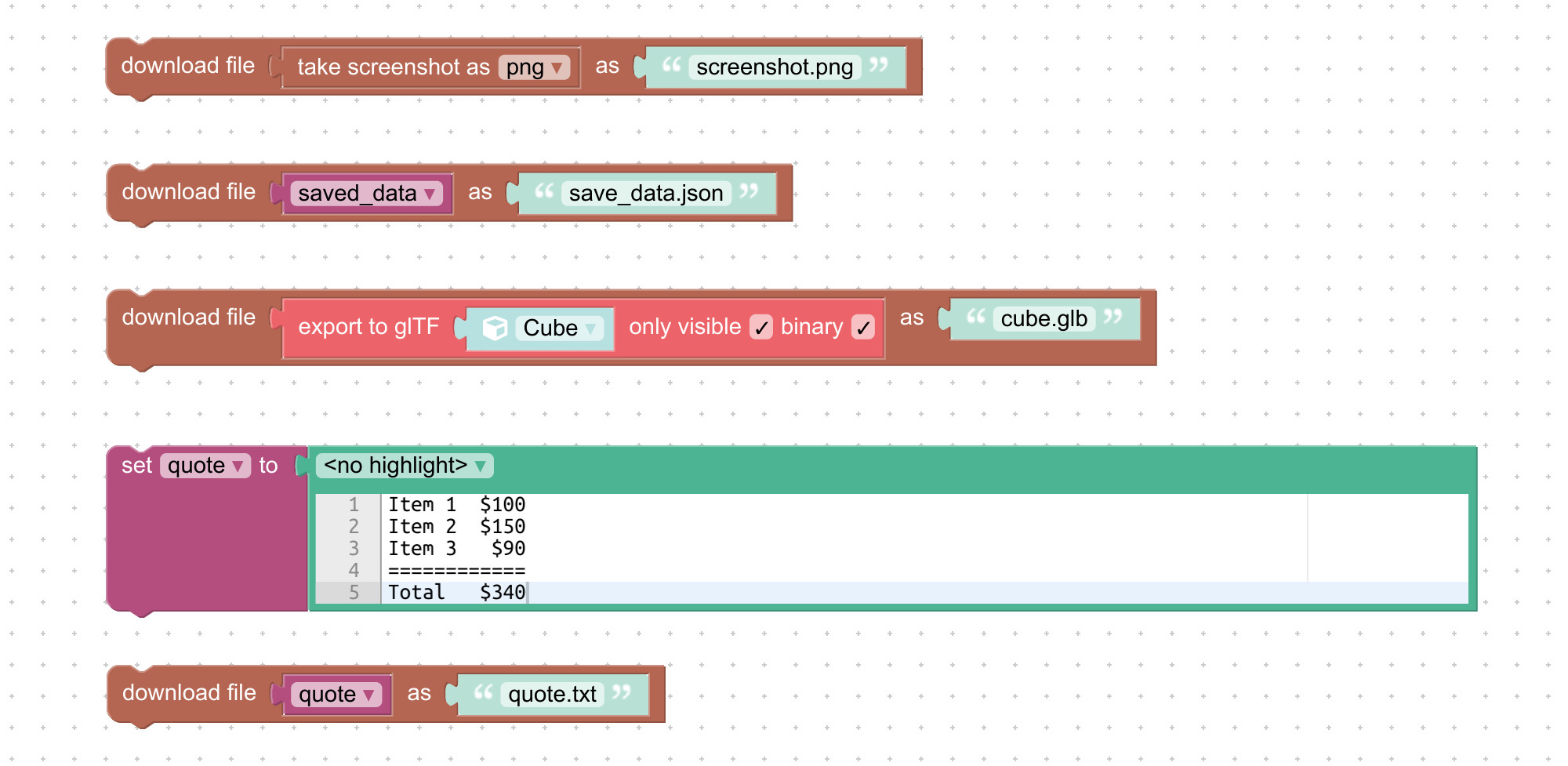 Strategies for Success: Navigating the Cookieless World in Digital Advertising
Strategies for Success: Navigating the Cookieless World in Digital Advertising
The digital advertising landscape is changing rapidly as Google removes cookies for a portion of Chrome users. This move has caught many advertisers off guard, as they were not fully prepared for the demise of cookies. As a result, they are now scrambling to find alternative solutions to deliver personalized ads to their target audience. One promising solution that has emerged is alternative data.
Alternative data, which was initially used in the finance industry, is now being considered as a gamechanger for digital advertising. While identity providers are creating solutions to fill the gap left by cookies, many publishers do not have the budget or resources to try them all out. As a result, they are relying on advertisers to find the best alternative ID solution.
While first-party data, retail media networks, and zero-party data still play a role in digital advertising, the market calls for multiple tools to work together to support a post-cookie solution. This is where alternative data comes in. Alternative data, which includes data procured through geolocation information and public databases, can replace traditional “cookie” data and provide valuable insights to advertisers.
The use of AI tools on top of alternative data makes it easier to analyze large amounts of internet data and other sources. This combination could be a game changer in the advertising industry as advertisers look for ways to deliver personalized ads without relying on cookies.
The use of alternative data is not new. It has been used in the finance industry for decades and is now making its way into market research and consumer insights. Solutions like nowcasting, which presents nearly real-time data for dynamic pricing, are powered by alternative data. The global revenue for alternative data is expected to reach $137 billion by 2030, with advertising making up a significant portion of this revenue.
While cookies may be disappearing, newer technologies like AI and big data analytics are growing. Machine learning can parse through alternative data and deliver valuable insights to advertisers. Once cookies are truly gone, alternative data will become mainstream in the advertising industry.
In conclusion, navigating the cookieless world in digital advertising requires advertisers to embrace alternative data. This type of data, which can be acquired through various sources, provides valuable insights and can be combined with AI tools to deliver personalized ads. As the cookie crumbles, alternative data is emerging as a promising solution for advertisers looking to succeed in the new era of digital advertising.
